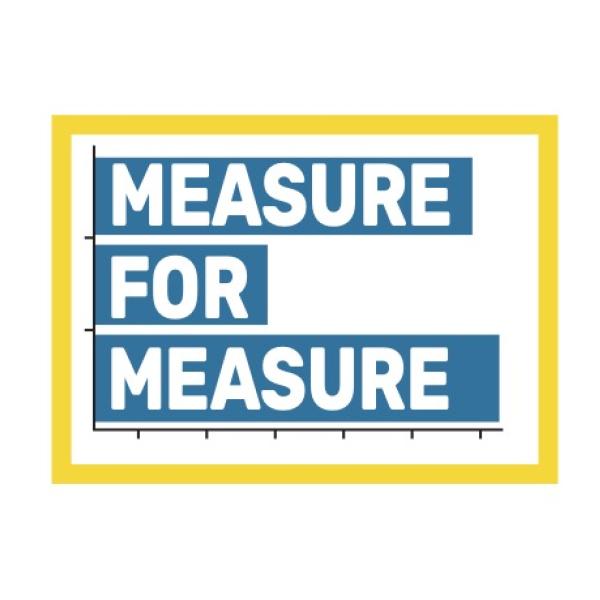Ten Things You Might Not Know About Angels in America

Jim Jorgensen as Roy Cohn in Forum Theatre's production of Angels in America. Photo by Melissa Blackall
As our nation celebrates LGBTQ+ Pride month, the NEA honors and highlights trailblazers and innovative artists in the LGBTQ+ community. One such trailblazer whose work has broken both societal and theatrical barriers is author, screenwriter, and playwright Tony Kushner—writer of the hit play Angels in America: A Gay Fantasia on National Themes.
This play was first performed in its entirety in 1993, winning a Pulitzer Prize, a Drama Desk Award, and several Tony Awards, including Best Play. Set in New York City in 1985, Kushner takes audiences on a journey that follows the life of a gay couple and a Mormon couple, as they tackle issues of sexual, racial, and religious identity and the reality of the AIDS epidemic.
Although the play is over two decades old, it serves as a timeless, ever-relevant masterpiece. Writing a decade after Angels in America first premiered, the New Yorker noted, “Kushner’s play hasn’t become dated; the offstage, real-life world has turned many times since 1993, but there are enough rough equivalents to the issues the play raises that its ironies still seem sharp and its over-all power—its harshness, its hard-won optimism—is undiminished.”
Before we exit stage left into the daily routine of our lives, we’d like to take you center stage and share ten things you might not know about the play.
_______________________________________
1. “It was all a dream!” Kushner has said that the idea for Angels stemmed from a dream he had after a former classmate passed away from AIDS. Within the dream, his former classmate was sick in bed and an angel appeared in the room after the ceiling collapsed. Kushner set his pen to paper and the rest is history.
2. Quality is typically better than quantity, but in this case, quantity paid off. Longer than a car ride from Washington, DC to Virginia Beach, the play runs over seven hours and originally was staged as two standalone works—Millennium Approaches and Perestroika—which opened up on Broadway six months apart. Both productions won Tony Awards for Best Play, in 1993 and 1994 respectively.
3. Kushner breaks the fourth wall and brings the audience in to see the magic that usually takes place behind the scenes. The stage setting and scenery are purposely minimal, so that actors can quickly move to the next scene of the play. There are no blackouts on stage because Kushner wants the audience to fully be aware that they are watching shifting scenes within the theater and can observe the actors and stagehands break down and build up the scenery.
4. Before the high-ticket prices of Hamilton, there was Angels in America. When the play opened on Broadway in 1993, the average ticket price was $60—a record high for that time period!
5. One of the villains in the play is based on a real person, Roy Cohn, a closeted gay Jewish lawyer who served as chief counsel for former Senator Joseph McCarthy. Kushner was not a fan of the real-life Cohn, as he took part in the activities of the House Un-American Activities Committee, assisting McCarthy in attacking people he suspected to be Communists. Although Cohn stood firm as homophobic and anti-Semitic, he passed away from AIDS in 1986.
6. The NEA’s tenth chairman, Rocco Landesman, played a critical role in putting Angels in America on the map. In 1993, Landesman served as president of Jujamcyn Theaters and produced the Broadway production of the play. Skipping its off-Broadway run and going straight from the page to the Broadway stage, Landesman took a chance on Kushner, providing a production budget of more than $3 million—a record at that time for a Broadway production that was not a musical. When the New York Times asked Landesman about the increasing interest and competition to mount the play, he said “I'm proud we're getting a show of this importance. Whatever the commercial outcome, it's going to be noticed and I think the people who are associated with it are going to be proud.”
7. In 1996, members of the Charlotte, North Carolina, community protested against Charlotte Repertory Theatre’s production of Angels in America due to a scene that included homosexual nudity. With mere hours before the opening of the play, a judge issued a court order allowing the production to continue.
8. In 2003, HBO adapted Angels in America as a two-part miniseries, starring Al Pacino and Meryl Streep. Kushner wrote the screenplay with a run time of six hours—shorter than its stage play counterpart! The miniseries was the most-watched made-for-cable film in 2003, garnering many high honors, including making Emmy Awards history as the first program to win every major eligible category and all four acting categories. At the 61st Golden Globe Awards, the miniseries also won all eligible categories.
9. In 2012, President Barack Obama awarded Kushner with a National Medal of Arts for his monumental contributions to theater, film, and the arts as a whole. The National Medal of Arts is the highest award presented to artists and arts patrons by the United States government.
10. In October 2020, in support of the Foundation for AIDS Research’s COVID-19 relief fund, a star-studded livestream benefit performance of scenes from Angels in America graced the nation’s virtual stage. All 17 cast members filmed their scenes within the comfort of their homes, with Glenn Close playing the role of Roy Cohn and four actresses playing the role of the Angel simultaneously. The selected scenes are centered around the striking similarities of the COVID-19 pandemic in relation to the early years of the AIDs epidemic.






